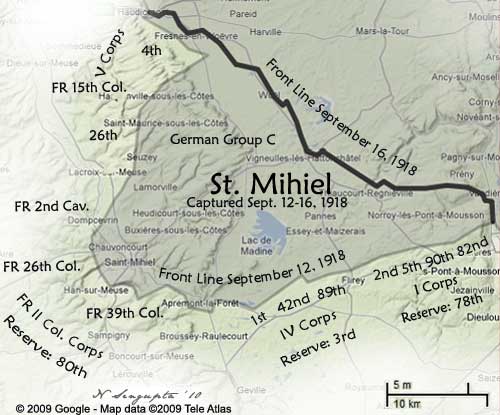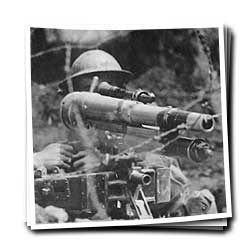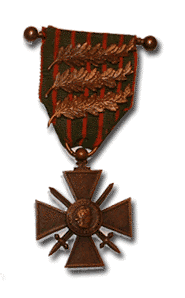American Expeditionary Forces at St. Mihiel
On August 30, 1918, Pershing was given responsibility for the St. Mihiel sector; the same day, Foch and Pershing discussed plans for how to use the AEF next in the St. Mihiel salient. Foch, Commander in Chief of the Allied forces wanted to split up the American army. Pershing, Commander of the American Expeditionary Forces, wanted to keep the US Army intact – able to operate as a singular mass and throw its increasingly great weight around. In the upcoming days, Henri Petain also got sucked into the discussion and sided mainly with Pershing. The trio compromised by committing the Americans to the Meuse-Argonne offensive which was slated to start on September 26th, just two weeks after St. Mihiel was to start.
 By August 31st, the Foch Counterstroke against the Germans involving four French armies which had started on July 18th had now erased the Chateau-Thierry salient. The Germans in this sector both on the ground and in the air had been heeled, and Paris was safe once again. For the Americans, it was time to start planning offensives. The next attack would be to erase the St. Mihiel salient approximately 90 miles further to the east along the Western Front. That attack would be launched on September 12, 1918.
By August 31st, the Foch Counterstroke against the Germans involving four French armies which had started on July 18th had now erased the Chateau-Thierry salient. The Germans in this sector both on the ground and in the air had been heeled, and Paris was safe once again. For the Americans, it was time to start planning offensives. The next attack would be to erase the St. Mihiel salient approximately 90 miles further to the east along the Western Front. That attack would be launched on September 12, 1918.
On Thursday, September 12, 1918 thirteen American divisions of the US I, IV, V Corps and eight largely depleted French colonial divisions of the French II Colonial Corps launched a well-prepared attack. The American divisions included the 26th division from the V Corps on the left of the salient and the 1st, 42nd, 89th, 2nd, 5th and 90th hitting hard from the right representing the IV and I Corps respectively. In the middle were the French. The numbers totaled 264,000 American and French troops against 75,000 German and the only two divisions of Austro-Hungarian troops on the Western Front. The attack started off with a four hour long bombardment by 2,971 pieces of artillery shattering the four year long silence of the "quiet" sector with a tremendous rush of noise.
 The timing of the successful St. Mihiel offensive had been excellent: the Germans had been planning a withdrawal anyway which made advancing relatively easy and correspondingly rapid. It didn't hurt that the odds were nearly four to one on the ground in favor of the American and French troops. Within 30 hours, the Allies had grabbed 13,250 prisoners and 460 enemy artillery pieces in exchange for 8,000 casualties and wiped out a bulge that the Germans had held for almost exactly four years. It was a tremendous success marred only by the escape of many of the Germans to the northeast, which meant that they would be on hand to fight further battles. But the salient had been pinched off, the lines shortened and the Germans had been given yet another bloody nose which was good for American morale as well as credibility with the other Allies.
The timing of the successful St. Mihiel offensive had been excellent: the Germans had been planning a withdrawal anyway which made advancing relatively easy and correspondingly rapid. It didn't hurt that the odds were nearly four to one on the ground in favor of the American and French troops. Within 30 hours, the Allies had grabbed 13,250 prisoners and 460 enemy artillery pieces in exchange for 8,000 casualties and wiped out a bulge that the Germans had held for almost exactly four years. It was a tremendous success marred only by the escape of many of the Germans to the northeast, which meant that they would be on hand to fight further battles. But the salient had been pinched off, the lines shortened and the Germans had been given yet another bloody nose which was good for American morale as well as credibility with the other Allies.
Back to Top.
Welcome/Home Contact Us AEF Maps Build Up
Battle of Seicheprey Battle of Cantigny Belleau Wood Chateau-Thierry St. Mihiel Offensive Meuse-Argonne Offensive Armistice
Visiting Visiting Chateau-Thierry & Belleau Wood
Lists/Tables US Infantry Divisions US Tank Battalions
Links to My Other Websites American WWI Aviation Renault FT-17 75mm Gun Verdun photos
Links to www.USAWW1.com AEF Speaker
AEF Resources (Links, etc.) Other Links
